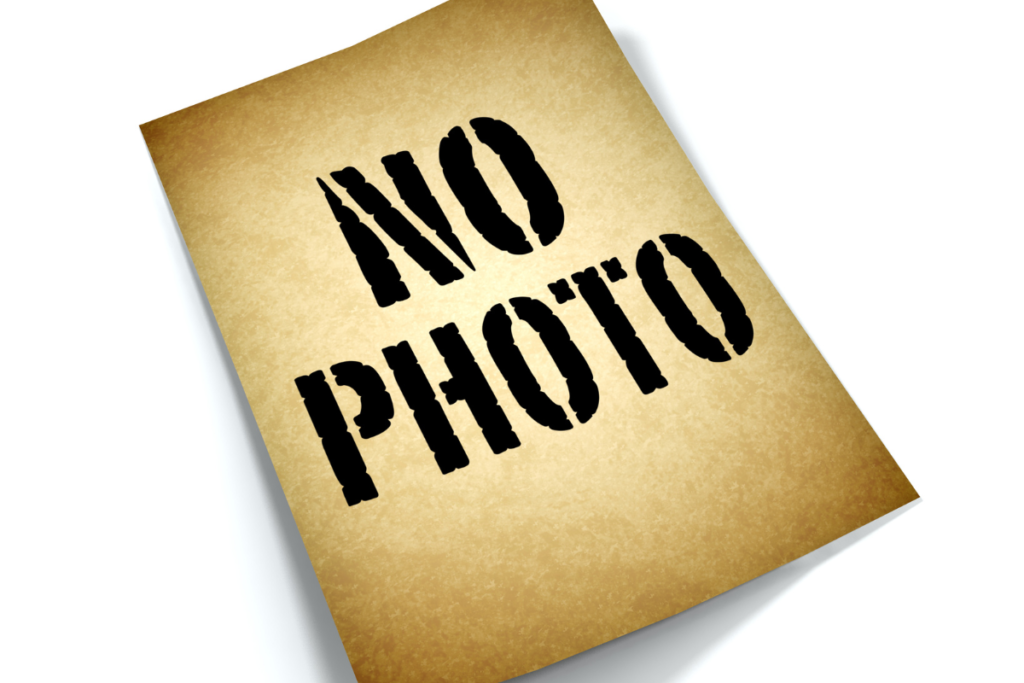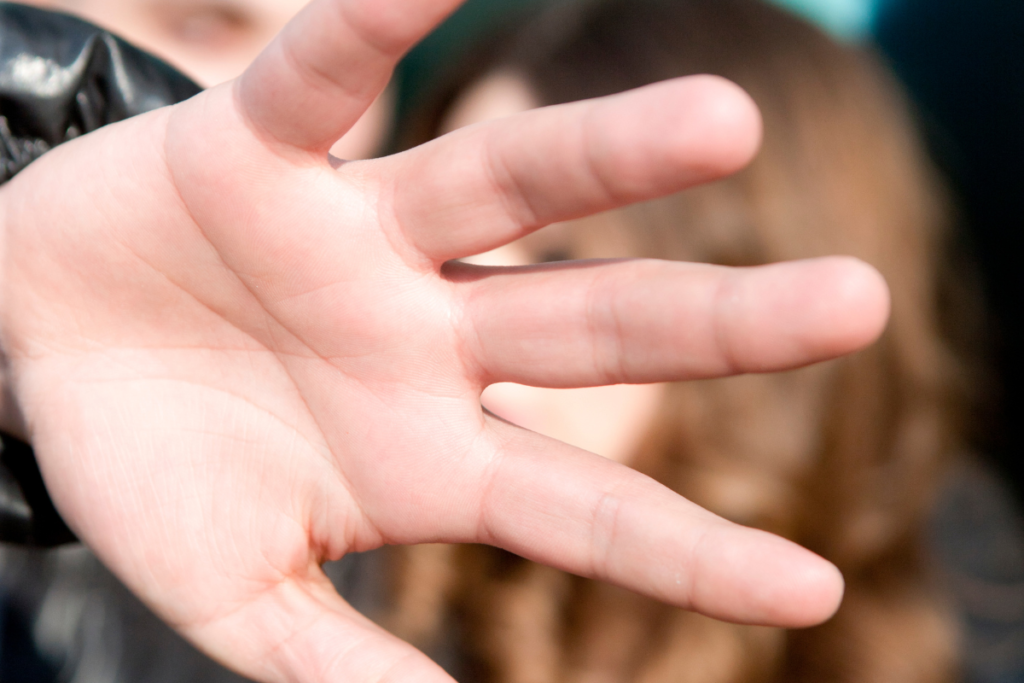Whether you’re a professional photographer or simply someone who enjoys taking pictures, it’s important to be aware of the various photo restrictions that may be in place. Depending on the location or situation, there may be legal implications for taking certain types of photos.
What Are Photo Restrictions?
Photo restrictions refer to any limitations or prohibitions on taking photos in a particular place or situation. These restrictions can be imposed by government entities, private property owners, or event organizers. In some cases, photo restrictions may even be posted in public places.
Why Do Photo Restrictions Exist?
There are a variety of reasons why photo restrictions may be in place. The restriction sometimes protects national security, such as at sensitive government facilities. Other times, it may be to protect the privacy of individuals who could be included in the photo (such as celebrities or children). Still, other times, it may simply be to prevent people from taking photos that could be considered disruptive or offensive (such as during a funeral service).
What Are the Consequences of Violating Photo Restrictions?
The consequences for violating photo restrictions can vary depending on the severity of the infraction and the jurisdiction in which it occurred. In some cases, such as at a government facility, breaking the rules could result in criminal charges. In other cases, it may simply result in being asked to leave the property or event.
It is important to be aware of the various photo restrictions that may be in place, as violating them can have serious consequences. In most cases, getting written permission or documentation is necessary to take photos in a certain location. If all else fails, it may be necessary to get a lawyer to help sort out the situation.
Examples of Photo Restrictions

Here are some common examples of when professional photo restrictions may apply:
1. When photographing children
In many countries, it is illegal to photograph children without the permission of their parents or guardians. This is to protect the child’s privacy and safety.
2. When photographing in public places
Taking photos in public places is generally acceptable, but some exceptions exist. For example, you may not be allowed to take pictures of certain landmarks or buildings.
3. When photographing people
You should always ask permission before taking someone’s photo. You may violate that person’s privacy rights if you do not have permission.
4. When photographing private property
It is usually not allowed to take photos of private property without the owner’s permission. This includes homes, businesses, and other buildings.
5. When using flash photography
Some locations, such as museums or art galleries, do not allow flash photography in order to protect the artwork from damage.
6. When taking photos of sensitive subjects
There are some subjects that are considered to be sensitive in nature, such as accidents or crime scenes. It is important to be respectful when taking photos of these types of subjects.
7. When selling photos
If you plan to sell your photos, you will need to get a model release form from the people who are featured in the photo. This form gives you permission to use their image for commercial purposes.
How to Avoid Violating Photo Restrictions

To avoid violating photo restrictions, it’s important to be aware of them ahead of time. If you’re unsure about whether or not photography is allowed in a particular place or situation. In that case, it’s always best to err on the side of caution and ask for permission before taking any pictures.
There are a few things that you can do to avoid violating photo restrictions:
- Be aware of the restrictions that may apply in the places where you are taking photos.
- Ask for permission before taking anyone’s photo, especially if they are not in a public place.
- Make sure to get a model release form from anyone who is featured in your photos if you plan to sell them.
- Be respectful when photographing sensitive subjects.
- Follow the rules that are in place at locations where photography is restricted.
Are Photo Restrictions The Same Worldwide?
Professional photo restrictions can vary depending on the country or jurisdiction where you are taking pictures. It is always best to check with the local authorities before taking any photos to ensure that you are not breaking any laws. Ignorance of the law is not a defense if you are caught violating professional photo restrictions.
Final Thoughts
Though the rules may vary from place to place, it is always important to be aware of professional photo restrictions before taking any photos. If you are unsure about whether or not photography is allowed in a particular place or situation, it’s best to ask for permission before taking any pictures. Following these guidelines can help ensure that everyone involved enjoys the experience and captures some great memories.

